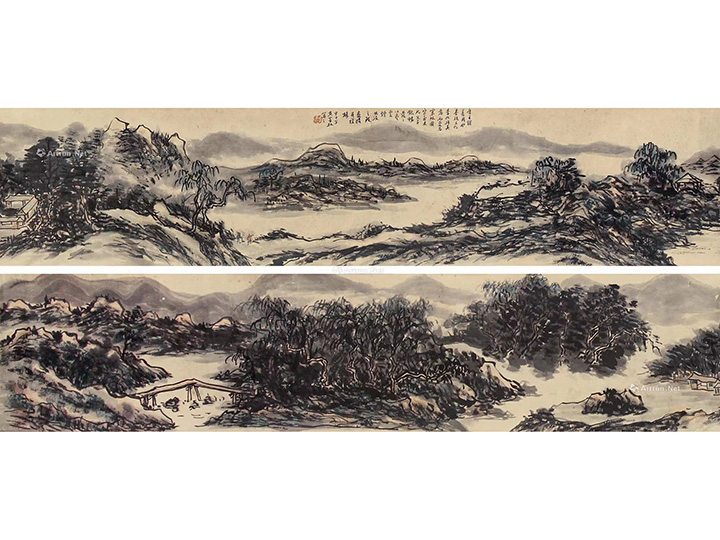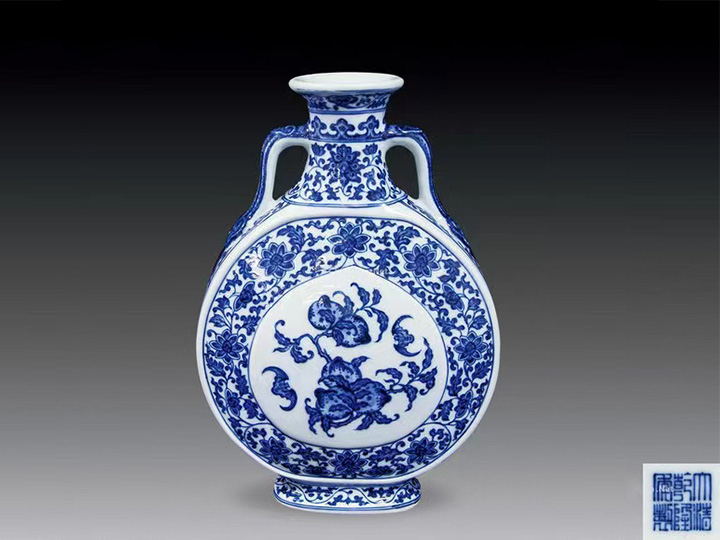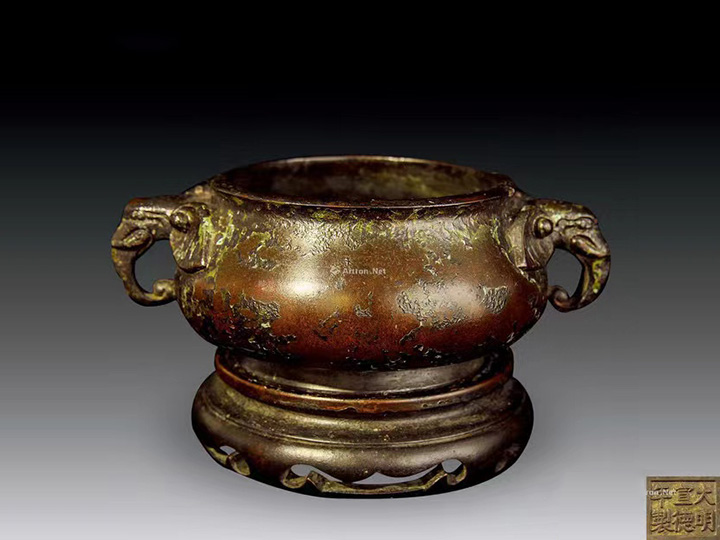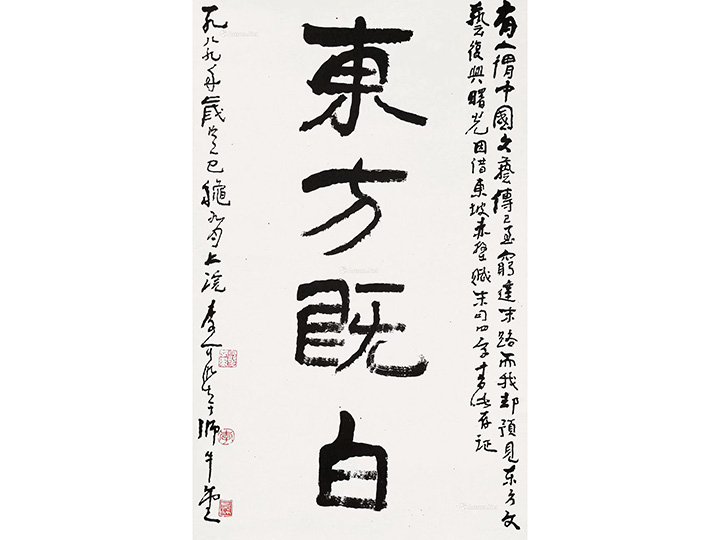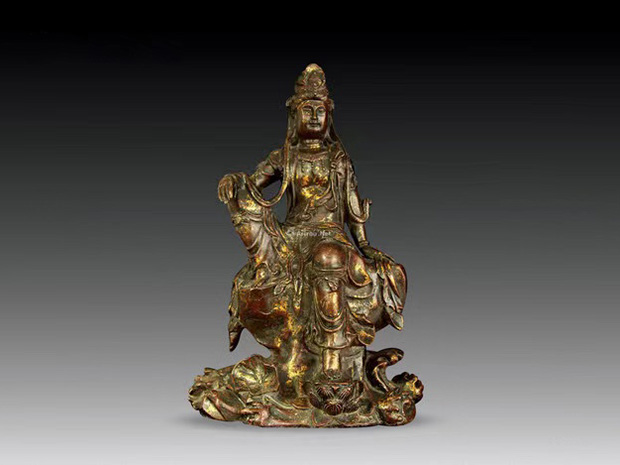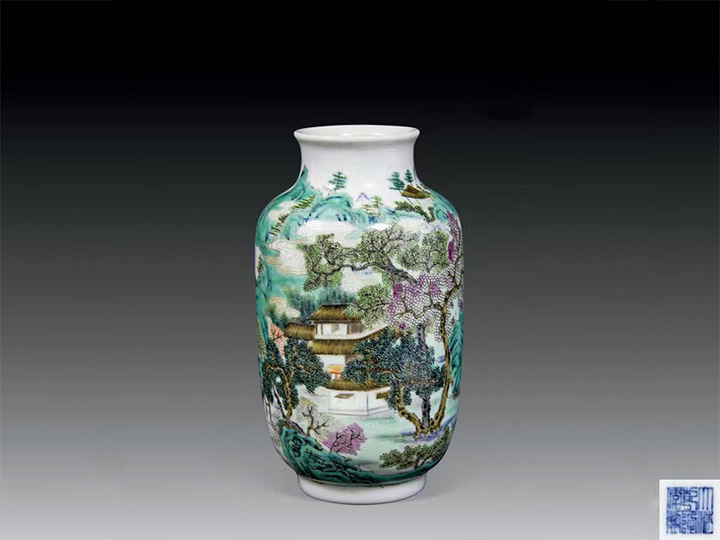Ldentification method of Hongshan jade artifacts
- 2020-09-27
- 118 Views
What are the tips for identifying Hongshan jade artifacts? The identification of Hongshan jade artifacts has become increasingly difficult in recent times. The phenomenon of identifying counterfeit items as genuine and treating genuine items as imitations, regardless of their authenticity, is more or less certain to have some collections.
What are the tips for identifying Hongshan jade artifacts? The identification of Hongshan jade artifacts has become increasingly difficult in recent times. The phenomenon of identifying counterfeit items as genuine and treating genuine items as imitations, regardless of their authenticity, is more or less certain to have some collections. Among them, the jade artifacts of the Hongshan culture are widely circulated in the market and are also easy to deceive people, so collectors should pay attention to them. So the jade artifacts of Hongshan Culture are mainly identified from six aspects: jade material, carving, shape, decoration, color, and purpose.
The Methods for Identifying Red Mountain Jade Artifacts: Jade Materials
The jade artifacts of the Hongshan Culture are generally made of Liaoning Xiuyan soft jade, which is mainly composed of unevenly coarse and fine crystalline tremolite. The jade material is greenish or light yellow, with some yellow. The hardness is generally between 6-6.5 and the specific gravity is between 2.9-3.1. Generally, it has a waxy luster, but there are also some with a glassy luster. Due to the soft texture and coarse internal crystal structure of coarse crystalline jade, it is easy to dye and polish. Many jade materials that imitate the Hongshan culture commonly seen in the market have been colored, but they look more natural due to this reason.
The carving technique of the identification method for Hongshan jade artifacts
The carving techniques of Hongshan Culture jade artifacts are generally simple, without too many patterns. There are usually more simple openwork carvings, which mostly use hollowing techniques (commonly known as tile groove patterns), and there are few wire drawing techniques. The patterns are usually made by grinding agate or quartz tools with water and jade sand, so Hongshan Culture jade artifacts generally have a sharp and thin edge like feeling. The drilling of Hongshan Culture jade artifacts is generally divided into three methods: single method drilling, double method drilling, and inclined drilling. In each drilling method, the drilling traces of ancient people can be seen. Single method drilling generally has horn shaped holes; Double drilling is generally in the shape of a waist drum or honeycomb, with irregular patterns of large holes on both sides and small holes in the middle; Tilt drilling is a technique used to drill two interconnected holes diagonally on an object, called "bull nose piercing" because it resembles a bull's nose, which is convenient for sewing ornaments. Spiral polishing marks can be seen on the side walls of all the holes above, which are quaint and natural. Nowadays, antique imitators have a strong sense of utilitarianism and do not have the perseverance of ancient people who spent half a year or even several years grinding a piece of jade. Generally, the traces of modern electric tools are more obvious, and the ancient flavor is completely lost.
The Shape of Red Mountain Jade Artifacts Identification Method
The jade artifacts of the Hongshan Culture are generally small in size, with flat and thin bodies and edges that are often sloping and sharp edged (except for jade pig dragons and C-shaped dragons). Large objects are almost non-existent, and there are no display objects. The large human heads and animal bodies, as well as thick and heavy ornaments of the Hongshan Culture that can be seen everywhere in the market today, are subjectively fabricated by modern people. The jade artifacts of the Hongshan Culture can be divided into positive and negative shapes. Generally, the correct method is to polish the tile groove pattern to create various shapes. Most of the edges are ground into flat and thin blade shapes, and there are usually perforations on the back, which is a flat back plain method without any traces of decorative polishing. Like hooked cloud shaped jade? Jade turtles and so on, their shapes are all like this. And now many Hongshan Culture jade ornaments on the market are designed with double techniques and have no distinction between positive and negative. It can be imagined that these must be fake.
The Decorative Patterns in the Identification Method of Hongshan Jade Artifacts
The jade decorations of the Hongshan Culture are relatively simple, with commonly used patterns being simple tile grooves or engraved lines, usually expressed in a way that reduces the height of the ground and highlights the sun. Gouyun shaped pendants and jade arm ornaments often use tile grooves, and their edges are generally odd rather than even; Jade and jade turtles, on the other hand, are carved using the method of reducing the rising sun on the eyes and back. Some Hongshan Culture jade artifacts on the market now either have text carved on the surface or randomly create decorative patterns on different objects, which does not conform to actual common sense. Collectors should not be deceived by others for their innovative designs and decorations.

